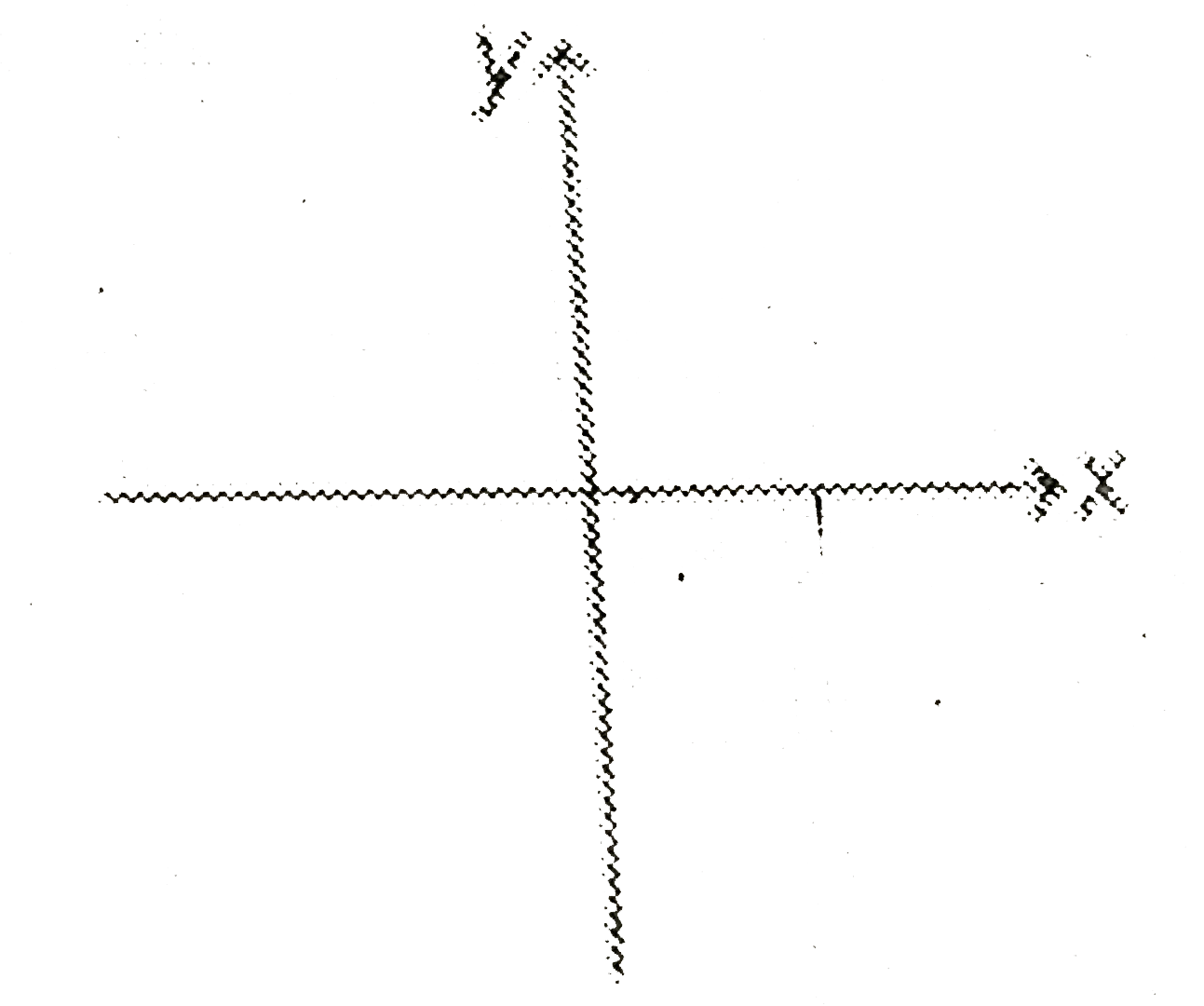The ends of a stretched wire of length l are fixed at x = 0 and x = l. in one experiment, the displacement of the wire is y1=asin(πxl)(sinωt) and energy E1 and in another experiment, its displacement is y2=asin(3πxl)(sin3ωt) and energy is E2 then
E2=E1
E2=3E1
E2=E13
E2=9E1
The correct Answer is:D
Step by step video, text & image solution for The ends of a stretched wire of length l are fixed at x = 0 and x = l. in one experiment, the displacement of the wire is y_(1) = a sin ((pi x)/(l)) (sin omega t) and energy E_(1) and in another experiment, its displacement is y_(2) = a sin ((3pi x)/(l)) (sin 3 omega t) and energy is E_(2) then by Physics experts to help you in doubts & scoring excellent marks in Class 12 exams.
Topper's Solved these Questions
Similar Questions
Knowledge Check
- Question 1 - Select One
The ends of a stretched wire of length L are fixed at x=0andx=L. In one experiment, the displacement of the wire is y1=Asin(π/L)sinωt and energy is E1 and in another experiment its displacement is y2=Asin(2πx/L)sin2ωt and energy is E2. Then
AE2=E1BE2=2E1CE2=4E1DE2=16E1 - Question 2 - Select One
The ends of a stretched wire of length L are fixed at x=0andx=L. In one experiment, the displacement of the wire is y1=Asin(π/L)sinωt and energy is E1 and in another experiment its displacement is y2=Asin(2πx/L)sin2ωt and energy is E2. Then
AE2=E1BE2=2E1CE2=4E1DE2=16E1 - Question 3 - Select One
The displacement of a particle is represented by the equation y=sin2ωt the motion is
Anon - periodicBperiodic but not simple harmonicCsimple harmonic with period 2π/ωDsimple harmonic with period π/ω
The resultant ampiltude of a vibrating particle by the superposition of the two waves y1=asin(ωt+π3)andy2=asinωt is :
View SolutionThe displacement of a particle is given at time t, by:
x=Asin(−2ωt)+Bsin2ωt Then,View SolutionThe displacement of the interfaring light waves are y1=4sinωtandy2=3sin(ωt+π2) What is the amplitude of the resultant wave?
View SolutionThe equation of displacement of a harmonic oscillator is x =3sinωt+4 cosωtamplitude is
View SolutionA xandy co-ordinates of a particle are x=Asin(ωt)andy=Asin(ωt+π/2). Then, the motion of the particle is
 View Solution
View Solution

